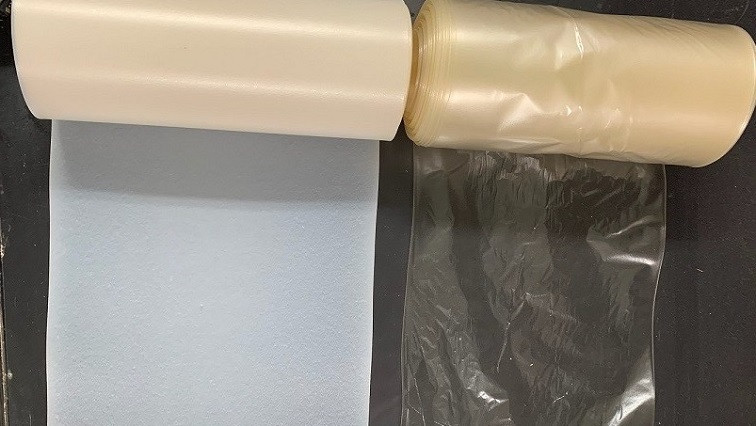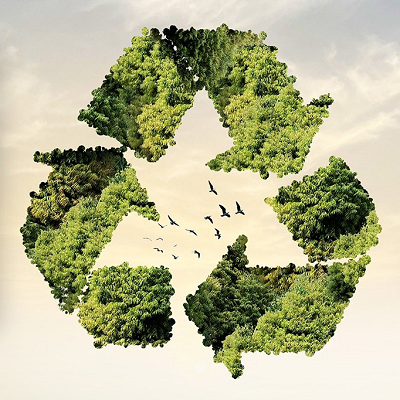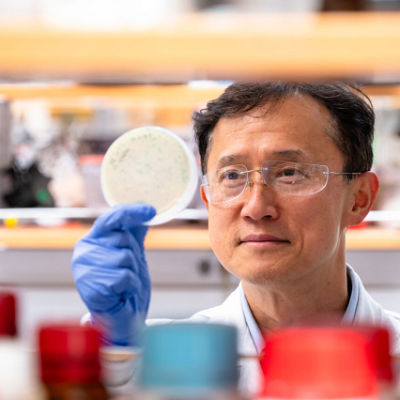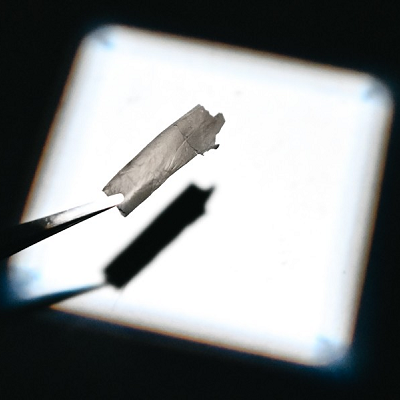In the past decades, human activity and human population explosion has caused serious environmental problems in the world. One of the major environmental problems is the plastic pollution and the microplastic problem in the marine ocean environment and it is becoming a devastating issue in the whole world. There are some scientific reports that these microplastics are already in our human body. In addition, it is predicted that the amount of plastic garbage in the ocean will be more than that of fish by 2050. Therefore, plastic recycling, reduction of plastic usage itself needs to be carried out immediately. Furthermore, biodegradable resin usage and research needs to be pursued further.
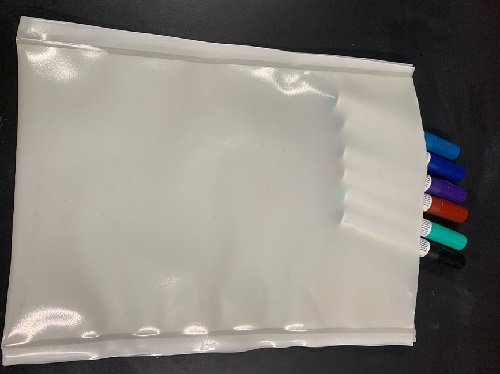
In this regard, Dr. Ryohei Mori at Green Science Alliance Co., Ltd. started to sell Biodegradable Resin + Nano Cellulose Composite Material Film, Sheet. On top of that, they started to sell small bags made of the same materials. Film, sheet, bags are made of nano cellulose + PBAT (polybutylene adipate terephthalate), PBS (polybutylene succinate), PLA (poly lactic acid), PCL (poly caprolactone) and starch based biodegradable resins. For example, nano cellulose + PLA is a 100 % nature derived material with no petroleum, but this material is a little brittle and breaks easily. Whereas, nano cellulose + PBAT contains a little petroleum, but flexible and possesses good property as film, sheet and bags, and not to mention they are biodegradable. Especially PLA + CNF, PBS + PBS have already obtained Green Pla, Biomass Pla Certificate from JBPA (Japan BioPlastic Association).
It should be noted here that the Nano Cellulose, Cellulose Nanofiber (CNF) is derived from natural biomass resources such as trees and plants so that it is recyclable and biodegradable. Because its raw material is an abundant natural resource, it is obtainable at low cost. Therefore, nano cellulose is an excellent green, next-generation biomaterial.
Green Science Alliance can make various types of biodegradable resin to be mechanically stronger while maintaining its biodegradability because nano cellulose is also biodegradable. One can also make biodegradable resin stronger with glass fiber or carbon fiber although they are not biodegradable, therefore, only nano cellulose composite can be all 100 % biodegradable material. On top of that, Green Science Alliance Co., Ltd. had confirmed that nano cellulose can enhance the biodegradability when mixed with one of biodegradable resin, PLA. So that it is imaginable that nano cellulose can enhance the biodegradability of other biodegradable resin including PBAT, PBS, PCL and starch based biodegradable resins.
Green Science Alliance has started to supply small quantity of film, sheet and small biodegradable bags but is planning to expand. These new innovative biodegradable materials and products is alternatively named as their company-owned brand "Nano Sakura."
Read the original article on PR Newswire.

